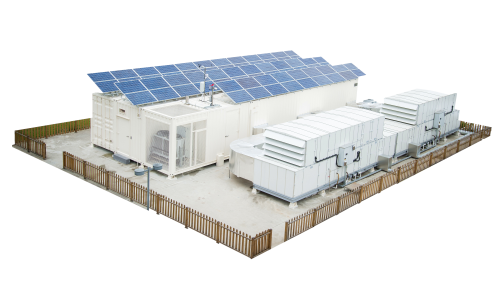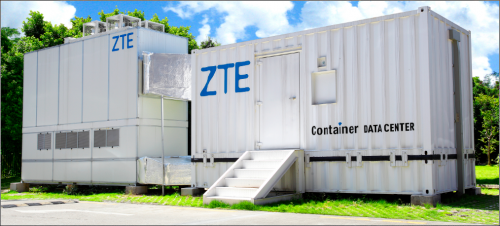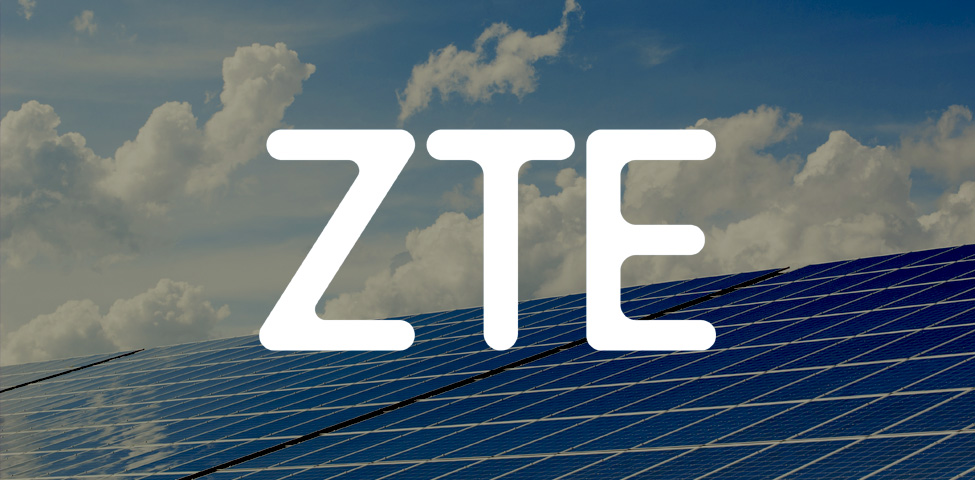The Birth of the Indirect Evaporative Cooling (IEC) Solution
ZTE was founded in 1985 and was known as Zhongxing Semiconductor Co. Ltd. It has since grown to become a leading global provider of telecommunications equipment and network solutions serving over 500 mobile operators in over 140 countries, helping them to achieve continued revenue growth and to shape the future of the world’s communication. It is also a member of the UN Global Compact – a non-binding pact that was founded in June 2000 by the United Nations to encourage businesses to adopt sustainable and socially responsible policies.
To contribute to the sustainable development advocated by the UN Global Compact; ZTE introduced a solution to tackle the inefficient electricity consumption used by data centres. In China alone, mobile network operators are expected to increase investment in Internet DataCenter (IDC) by nearly 10% in 2020 and according to public record in 2018; electricity consumption used in China’s data centre was 2.35% of the total electricity consumption in China, with the air conditioning accounting for roughly 40% of the total amount of electricity consumed. This means significant saving opportunities can be made on the electricity consumptions from air conditioning in data centres reducing the Power Usage Effectiveness (PUE). As a result, ZTE has developed a solution with indirect evaporative cooling that can reduce electricity consumption by as much as 70%.
In 2015, ZTE started work on the Indirect Evaporative Cooling (IEC) solution. While gaining experience in construction and maintenance, it began technical research in 2016 to completed the first generation of the product in 2017. The IEC solution adopted a unique double-layer counterflow spray humidification, allowing evaporation efficiency to increase by as much as 85%. This was achieved by using air-to-air heat exchangers which has the highest certification in the industry with the efficiency of the dry bulb temperature capable of reaching a high 70%. In the northwest city Zhang bei in China, the minimum partial PUE (the summation of IT power consumption and air conditioning system power consumption divided by IT power consumption) is 1.03. The host segment consists of three layers of independent functional modules that are assembled quickly as well as a reliable open architecture PLC (Programmable Logic Controller), which is used to support customer customisation. The solution is highly automated, with a high-pressure water gun and a built-in maintenance ladder for easy maintenance.
When comparing a Natural air-cooled chiller air conditioner with the Indirect Evaporative Cooling air conditioner, an OpEx reduction of up to 70% can be achieved largely due to the little maintenance required.
In conclusion, domestic operators in China are currently piloting ZTE’s Indirect Evaporative Cooling (IEC) solution to exploit the benefits gained from internet companies like Tencent (Figure 1), Baidu and China MIIT(Ministry of industry and information technology).
Figure 2 demonstrates a unit being trialled with a local Chinese Operator in Shenzhen, which is a high temperature and high humidity region of China.
The compressor opening time of the data centre was reduced by 38%, and the Cooling Load Factor (CLF) of the data centre was not more than 0.25.

Figure 1: A visual of Tencent West Lab

Figure 2: Image of the trial in Shenzhen
With ZTE’s Indirect Evaporative Cooling solution, some areas of China can achieve energy savings as high as 70%, to support this, the PUE measured in Tencent’s Western Lab was 1.09, compared with the traditional data centre of PUE2.0, which allows the solution helps to reduce the energy consumption by as much as 45.5%.
To find out more about ZTE’s indirect evaporative cooling solution, please click here.
The GSM Association (“Association”) makes no representation, warranty or undertaking (express or implied) with respect to and does not accept any responsibility for, and hereby disclaims liability for the accuracy or completeness or timeliness of the information contained in this document.

